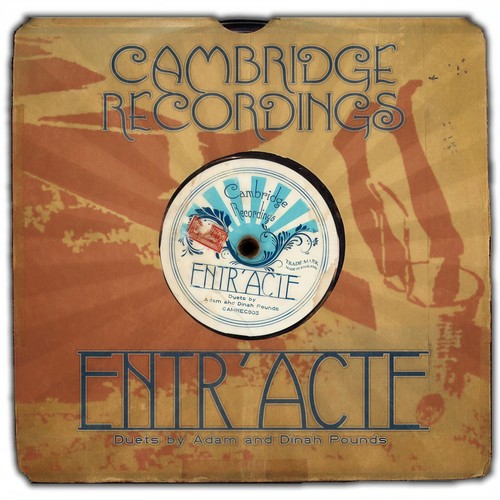
Entr'acte
The combination of the flute and guitar has been described as enchanting and beautiful and this is surely demonstrated by the works featured on this recording.
The four pieces by Rameau are taken from his opera ‘Zais’ and his ballet ‘La Princesse de Navarre’. Originally for orchestra, these pieces work well for the flute and guitar especially in the two Passepieds where the guitar is able to exploit its characteristic timbres. The French composers Michel Blavet was also a flute virtuoso. The two short pieces featured on this recording come from a collection of eight published by Leduc. The guitar is stylistically acceptable as a continuo instrument in the early works by Blavet and Rameau but it is perhaps in the other compositions where the combination of the two instruments brings a different perspective to well known pieces.
‘The Little Shepherd’ is the fifth movement from ‘Children’s Corner’, a suite for solo piano composed by Debussy and dedicated to his daughter Claude-Emma (known as "Chou-Chou"), who was three years old at the time. The Pavane by Faure is one of his best known pieces. It was written in 1882 and was originally a piano piece. It is perhaps best known in the orchestral version, sometimes performed with the addition of a chorus. The direct simplicity of the guitar and flute enhances the quality of the melodic line and the guitar gives clarity to the harmonic progressions. The two pieces that follow are both by Erik Satie. He was born in Honfleur where it is still possible to visit his house the décor and character of which clearly demonstrates the eccentric nature of this composer. Both the Gymnopedie and the Gnossienne are dance like in character with an underlying mood of melancholy. The word ‘Gnossienne’ was one of the rare occasions when a composer used a new term to indicate a new "type" of composition. The Three Pieces for Flute and Guitar have been arranged from the Five Short Pieces for Piano composed by Lennox Berkeley in 1936. Berkeley (of part-French descent) was a composer for both the flute and the guitar having written very fine concertos for both instruments. It is fitting, therefore, that the two instruments are brought together on this recording as a tribute to Adam’s composition teacher. Corcovado comes from The Saudades do Brasil (1920), Op. 67. This is a suite of twelve dances for piano by Darius Milhaud, composed after his visit to Latin America in 1917-1918. Milhaud uses extended tonality in this piece but within a traditional tango rhythm. The Entr'acte is one of Ibert’s most well-recognised works. In 1935 Ibert wrote incidental music for a French production of Pedro Calderón's El médico de su honra. The entr'acte of that music was published that same year for flute or violin and guitar or harp.
